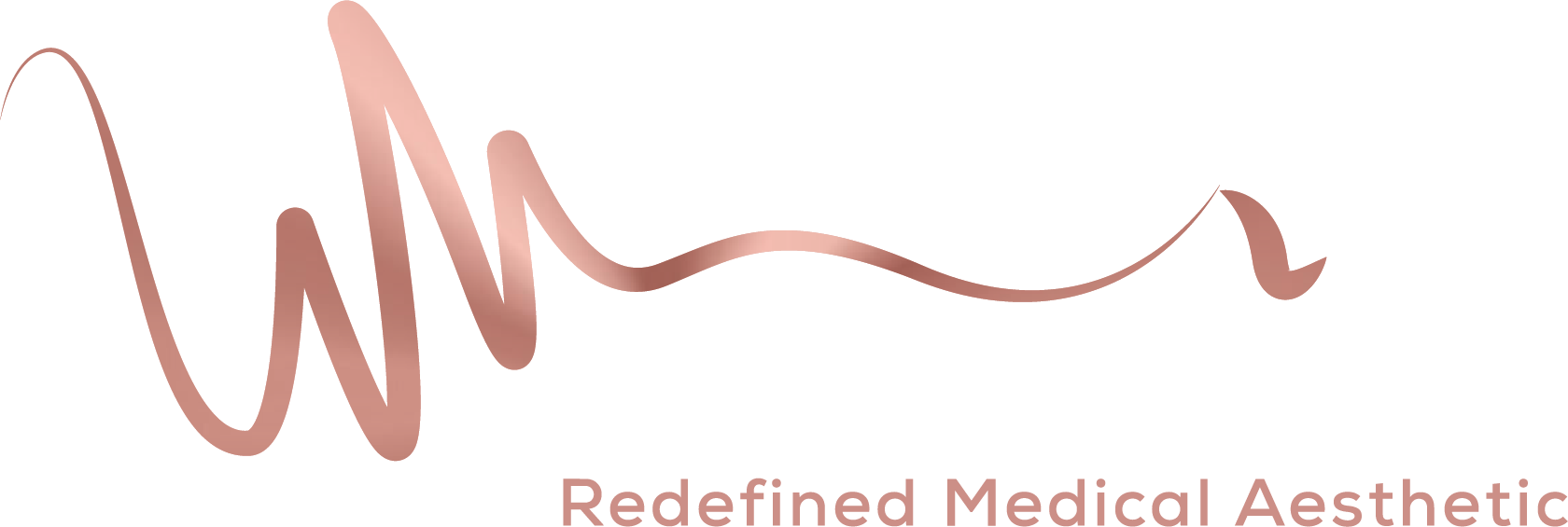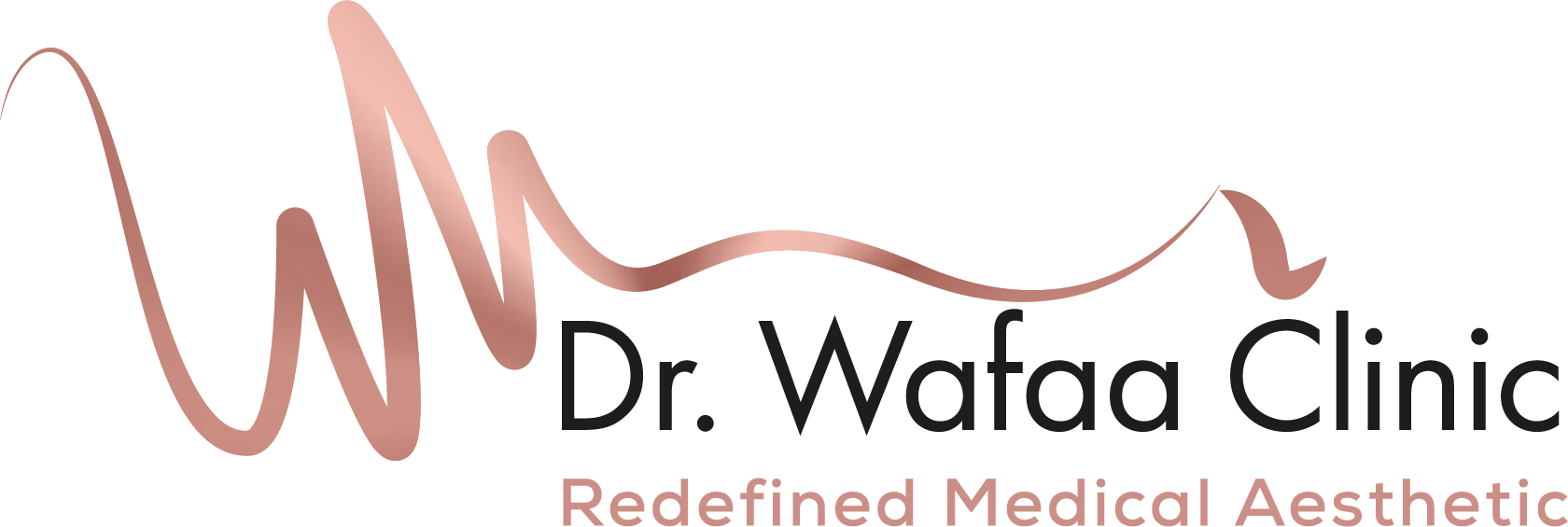Chemical Peels in Reading
Medical Grade Chemical Peels in Reading
● New clients always welcome
WhatsApp Us
Message Us
Phone Us
Book Online
Message Us
WhatsApp Us
Phone Us

Medical Grade Chemical Peels in Reading
Chemical peels are a way of deeply exfoliating the skin. They typically contain acids of varying strengths and types which remove the sun-damaged, thicker, outer layers of dead skin.
Dr Wafaa is qualified in both cosmetic dermatology and clinical dermatology and is passionate about skincare. She can provide you with a thorough assessment and examination of your skin to understand the problem and issues that you face with your skin.
The consultation will include a full review of your skincare routine, and even sometimes goes beyond that and review your daily dietary and exercise routine( all related ha!).
Then she might propose to you a complete comprehensive range of skincare treatment appropriate to your skin type and condition or sometimes propose to you a more in-depth procedure to get rid of any problem you might have

Superficial Peels
Superficial Peels
Superficial chemical peels are the mildest of the peels, they remove the outermost layer of the epidermis. They are mild enough to be used as part of a monthly skincare regime to help reduce the appearance of fine lines and age spots and can help even out the texture and tone of your skin.
During a superficial chemical peel, acids are used to create an intentional, controlled injury to specific skin depth. The acid breaks the chemical bonds which hold the skin cells together, causing them to peel off. Superficial peels remove all, or part of, the epidermis.
The aim is to deeply exfoliate the skin, which in turn, stimulates new epidermal growth and collagen production, with more evenly distributed melanin. The new skin that grows has improved surface texture and appearance.
Acids commonly used for superficial peels include lactic acid, glycolic acid, tartaric acid and salicylic acid. With the exception of salicylic acid (commonly used for acne treatments), these are known as the fruit acid peels. An example of this peel available in our Clinic Obagi Radiance Blue peel.


Medium-depth Peels
During medium-depth chemical peels, acids are used to create an intentional, controlled injury to specific skin depth.
The acid breaks the chemical bonds which hold the skin cells together, causing them to peel off. The acids used in medium-depth peels are able to penetrate the epidermis and a proportion of the dermis.
The aim is to deeply exfoliate the skin which, in turn, stimulates new epidermal and dermal growth, increased collagen production and more evenly distributed melanin. The new skin that grows has improved surface texture and appearance.
Medium -depth peels are usually carried out using trichloroacetic acid (TCA) at concentrations between 35% and 50%. Other acids are sometimes used, including glycolic, pyruvic and salicylic acid, as well as Jessner’s solution, which is a combination of acids.
Phenol is typically used in deeper peels but may be found in small quantities in medium-depth peels.
Procedure Time
30 Minutes
Anaesthetic
None or calming medication before treatment
Sensitive Period
Light skin peels – Immediate recovery Medium-depth – 7-10 days
Back To Work
Immediately
Results
2-4 treatments dependant on depth
Duration of results
Scientific | Holistic | Medical
Chemical Peel FAQ

Get In Touch
Call us on 0118 227 4444 to book or complete the form below.

Get in touch with us using the form below:
You can always contact us by:
Telephone:
0118 227 4444
WhatsApp:

